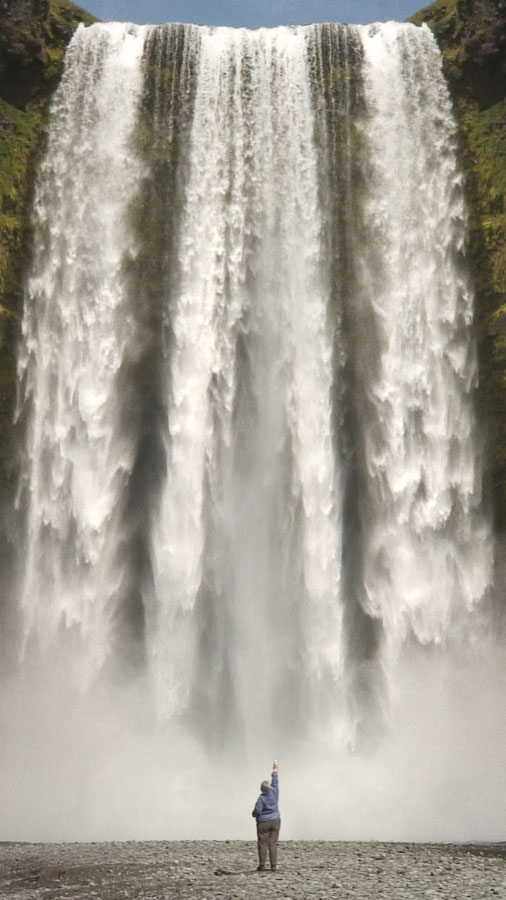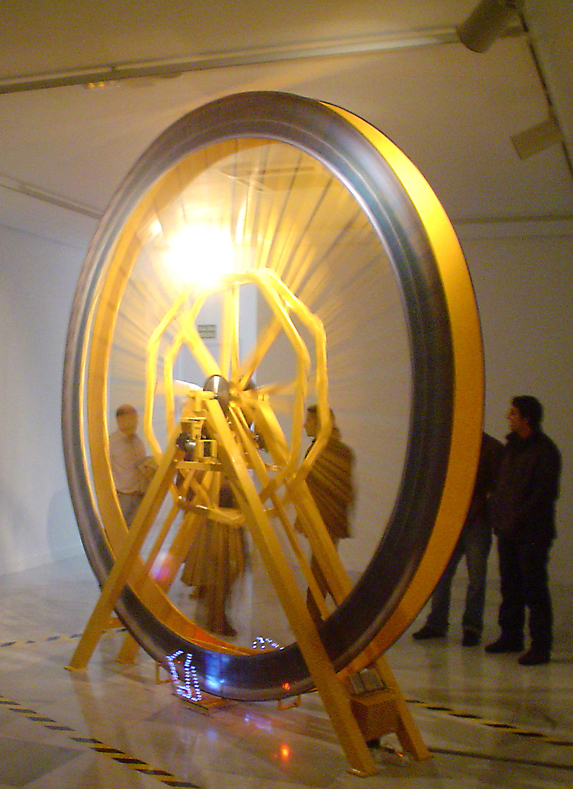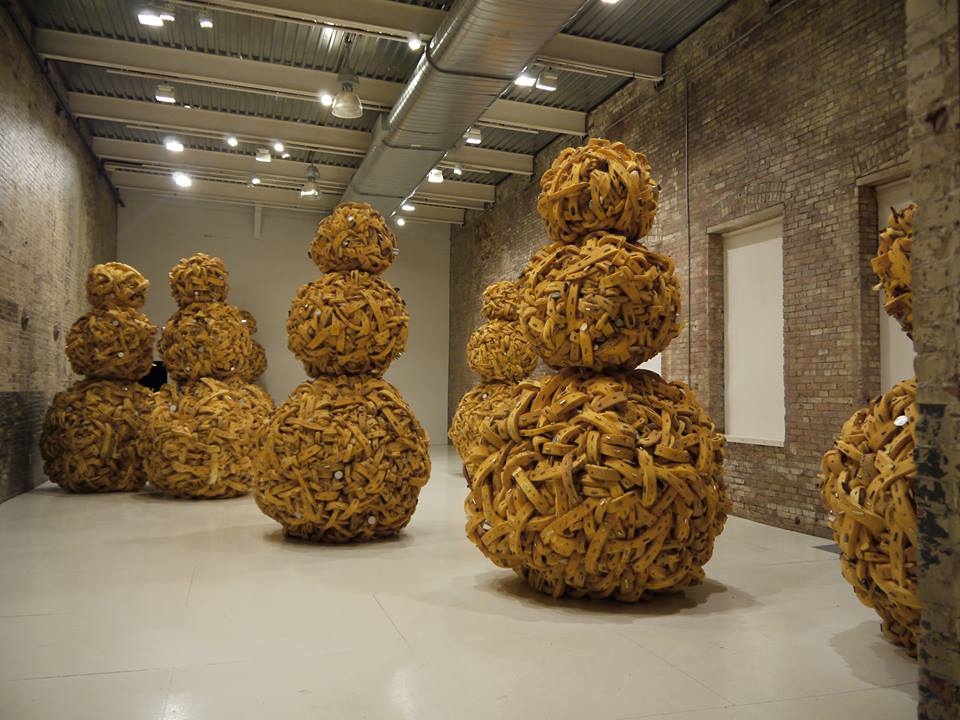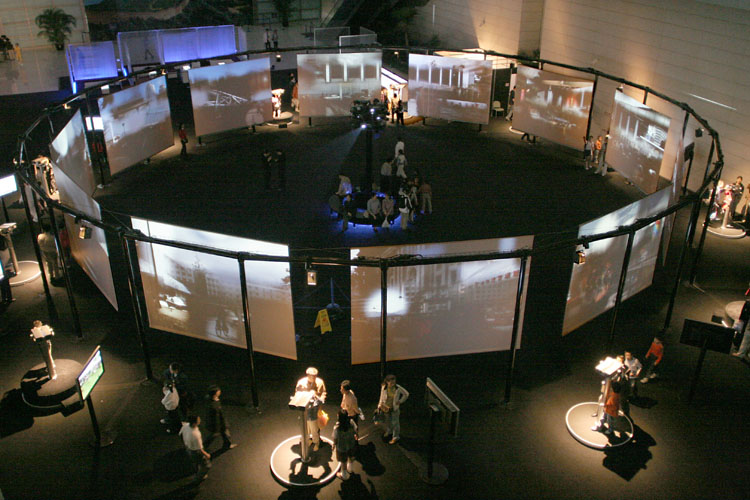
MOMOYO TORIMITSU
鳥光桃代
Miyata Jiro
“Miyata Jiro” by Momoyo Torimitsu is a life size replica of the typical Japanese businessman. Sporting a suit, glasses, and a receding hair line complete with a comb-over, Miyata has mechanically crawled the metropolises of New York, London, Amsterdam, Paris, Rio de Janeiro, and Sydney. With the aid of the artist in full nurse costume, the duo engages street and business life (Miyata has crawled the likes of Wall Street and La Defense — epicenters of business cultures as well as typical touristic destinations). The performance and audience reactions were videotaped and photographed and six monitors at the Dikeou Collection play the respective videos, each identified by a small flag for the country in which the crawl took place.









